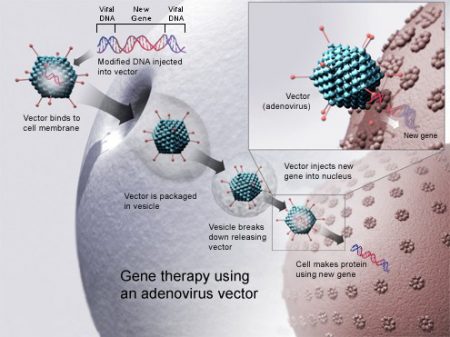
July 1, 2017 – It is Canada’s 150th birthday today. The country founded on July 1st, 1867 represented the first peaceful creation of a self-governing “dominion” within the British Empire. Not founded by revolution and war, Canada became the model which many others followed. The glaring omission from this great experiment was the lack of inclusion of Canada’s First Nations, the people who came before European colonists. Left on the sidelines of history, only now is Canada attempting to redress this oversight. May the next 150 years prove to be a richer and more exciting future for the country, and all of those who live in it.
Canada’s primary colour is red. And it is something red that I want to talk about today. As a blood donor for life, I have always been cognizant of the challenges that people with haemophilia face every day. This blood disorder, where those who have it lack blood-clotting proteins, turns small cuts and bruises into dangerous health conditions. Undetected internal bleeding because the body lacks the necessary proteins is life threatening.
Haemophilia is a genetic disorder. So the best way to end it is to tackle the genetic source. That’s what Spark Therapeutics, founded in 2013, aims to do. The company began as a research project at Children’s Hospital of Philadelphia (CHOP). Its focus is gene therapy with 8 different investigational treatments in development and 4 in clinical trials. In 2016 its investigational trial on haemophilia B began a therapy treatment to deliver a healthy gene capable of producing the protein responsible for normal clotting in the body.
A trial of 4 patients involved each receiving an intravenous injection of trillions of engineered retroviruses containing the healthy gene. Post-treatment assessment indicates positive results.
One patient, Bill Maurits, is described in the MIT Technology review article, “Gene Therapy is Curing Hemophilia.” He no longer bleeds when he twists an ankle or bruises a shin. States Edward Tuddenham, a hematologist at University College London, “Right now this looks very close to being as good as it gets.”

Largely a male inherited disease that affects one in 5,000, haemophilia was made famous by the story of how it impacted the last Romanov Tsar and his family when the son and heir was stricken. Some historians argue that The Russian Communist Revolution may never have happened if not for haemophilia.
Before gene therapy, the only disease control technologies to control the condition were clotting factor concentrates, harvested from human blood donors and given to patients intravenously in the case of bleeds. In Canada, between 1982 and 1984, HIV contaminated clotting factor concentrates ended up infecting more than 700 hemophiliacs across the country with most dying from receiving these infected products.
A legacy of clotting factor concentrates between 1982 and 1984, were HIV contaminated products which infected recipients. In Canada, more than 700 hemophiliacs ended up with HIV/AIDS.
Gene therapy may end up curing haemophilia. But it has even greater promise for other genetic and inherited disorders. Retinal, liver-mediated, and neurodegenerative genetic diseases such as Huntington’s and Muscular Dystrophy may all be cured by this amazing technological advancement.








